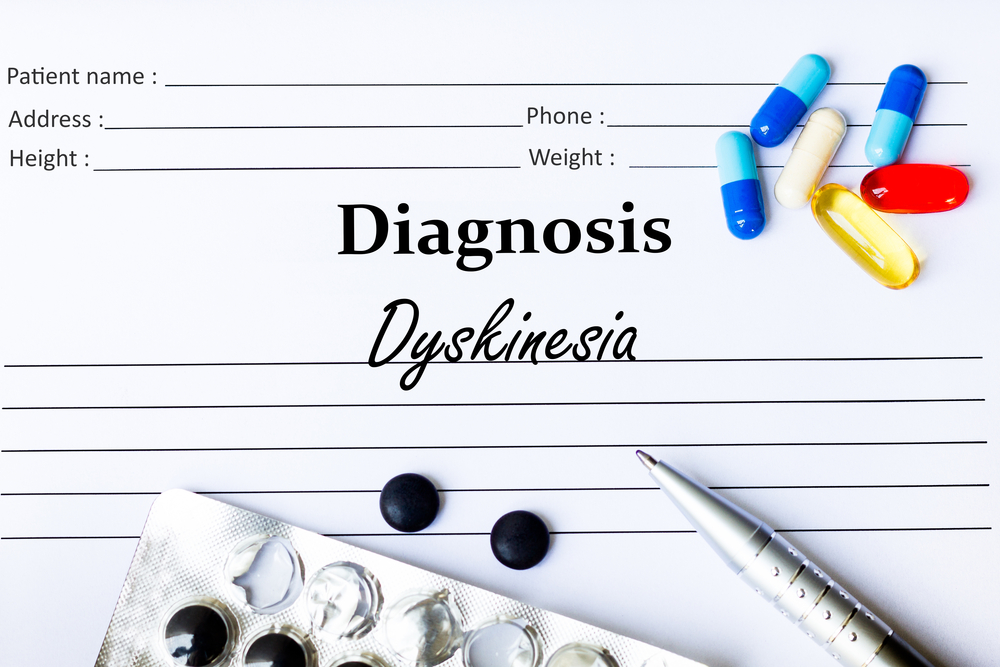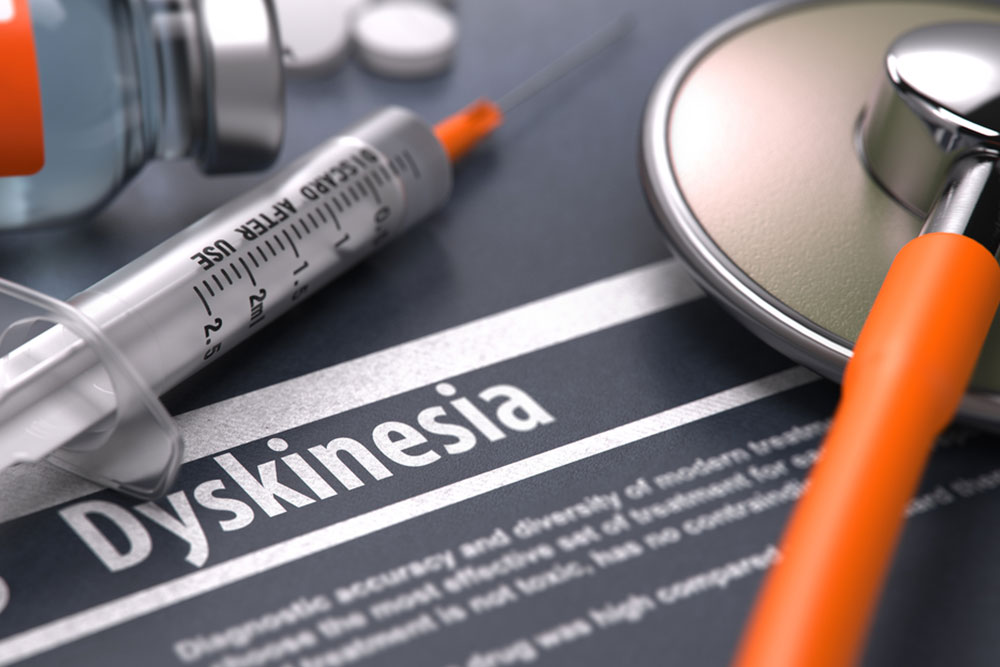Understanding the Impact of Dyskinesia on Individuals with Parkinson’s Disease
This article explains how dyskinesia affects Parkinson’s patients, detailing causes, symptoms, and treatment strategies. It highlights the importance of medication management to control involuntary movements and improve quality of life for those affected by the progressive disorder.

Understanding the Impact of Dyskinesia on Individuals with Parkinson’s Disease
Dyskinesia refers to involuntary or abnormal movements that can range from mild tremors to severe muscle contractions. These symptoms vary among Parkinson’s patients, with some experiencing localized muscle twitching, while others endure widespread involuntary movements affecting the face, limbs, and torso. As Parkinson’s progresses, dyskinesia typically intensifies, significantly affecting quality of life.
What triggers dyskinesia?
Medical experts link Parkinson’s disease to a deficiency in brain cells that produce key chemicals like dopamine, serotonin, and glutamine, all crucial for regulating muscle movements.
Imbalances, especially in dopamine, can lead to disrupted muscle coordination, resulting in tremors, twitching, stiffness, and pain common in Parkinson’s disease.
How is dyskinesia managed?
Since Parkinson’s is a progressive disorder that worsens over time, managing dyskinesia involves medication adjustments. Drugs like levodopa and entacapone are prescribed to alleviate symptoms, but long-term use can exacerbate dyskinesia. Doctors often modify dosage, sometimes lowering levodopa amounts, and may introduce adjunct therapies like amantadine to stabilize neurotransmitter levels and reduce involuntary movements.
Note:
This article provides general informational content about symptoms and treatments of Parkinson’s disease and related conditions. It is not a substitute for professional medical advice. Readers should consult licensed healthcare providers for personalized diagnosis and treatment options.










